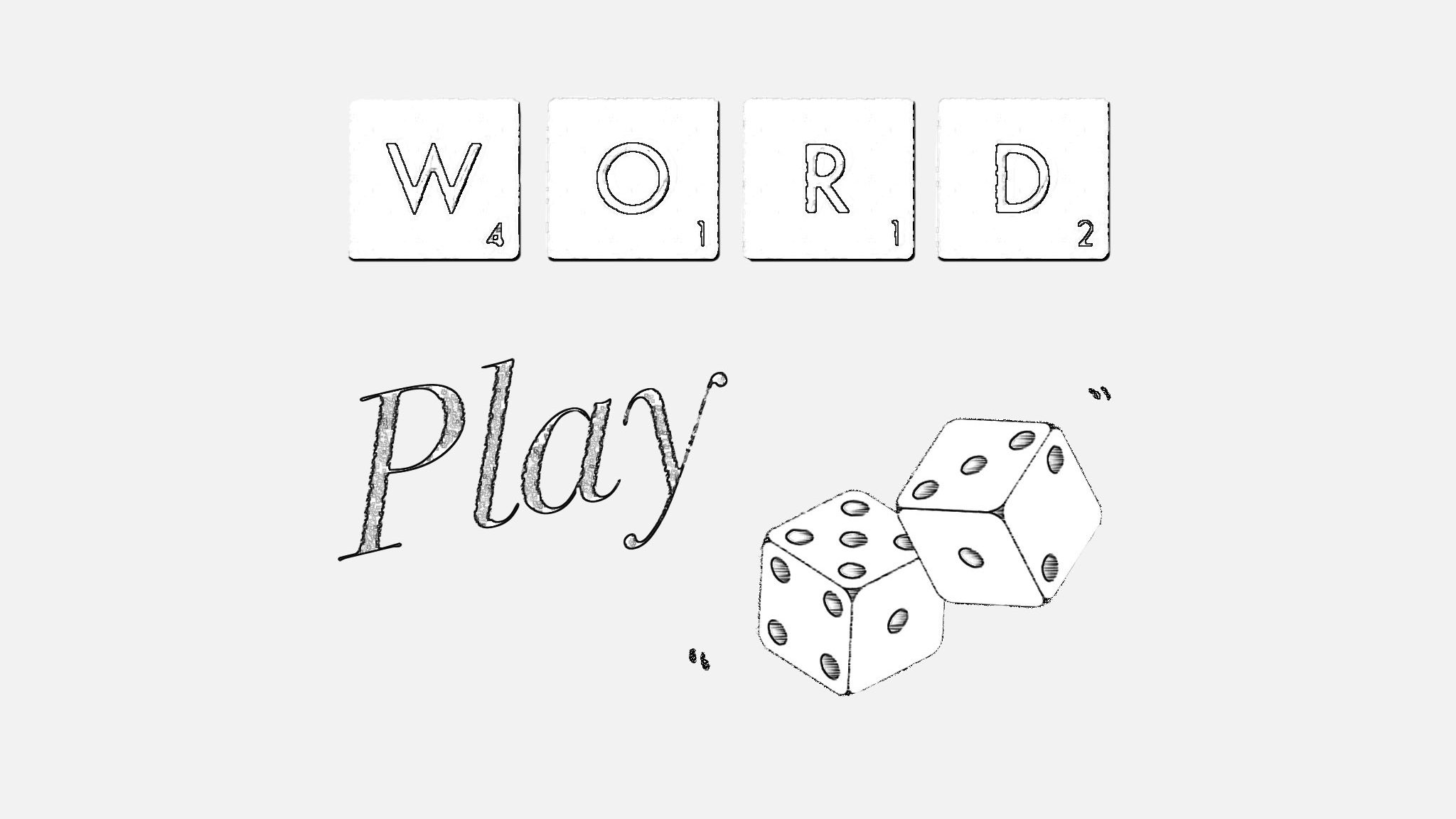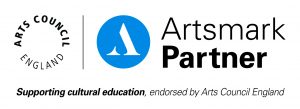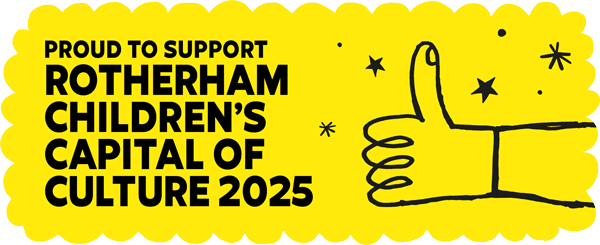Family Learning Activities
At Grimm & Co, we recognise that YOU are your child’s first and lasting educator. We want to support you and work with you to develop your child’s learning. In late 2021, we received funding from The National Lottery to begin work with families and children aged 0-7 years. We want to show you the different ways in which you can encourage your children to reach their full potential by engaging together in fun creative ways at home.
Attendees to these sessions have mentioned that they would like to have somewhere to look at the sensory play ideas used, so here are some activities to get you started.
Please let us know what you have been up to and share pictures of your activities with us, either by email (families@grimmandco.co.uk) or send us a message on Facebook. Our family learning team would love to see what you have been doing.

Get Outside
It’s officially spring, and the weather is changing. Think about the outdoors and all the sensory benefits for babies and their development, exploring the world around them.
Younger babies can lie or sit outside, and enjoy feeling the gentle breeze, listening to the birds and seeing the changing light in the dappled shade. As babies learn to crawl, the outdoor environment engages their senses as they crawl on different surfaces. As they develop further, babies will be encouraged to stand and gain balance as they learn to walk, exploring different levels and surfaces, and encouraging them to climb.
Make the most of everyday opportunities to talk to your baby or toddler while you are out and about. The National Literacy Trust have provided some lovely resources to give you confidence to chat, helping to develop your child’s language skills, confidence and vocabulary. Find those here.
National Storytelling Week
Reading to your child is powerful. Spending the time bonding and sharing stories together tells them they are important and they matter. It fuels their imagination and creativity.
Before children can read to themselves, they need to develop early literacy skills. Reading aloud to your child develops listening and thinking skills, and encourages early language development.
Reading to your child for just 15 minutes each day can expose them to over 1 million words a year.
Storytelling ideas:
Why not have a tea party in case a certain tiger should come calling. You could use the playdough recipe to make some ‘buns’ for your tea party.
Write your own story – collect objects from around the house and use these as prompts to reimagine your own story.
Make a Gruffalo crumble. Here’s a nice recipe from Pan Macmillan Books.
Create your own storybook characters – what would they look like, do they have any special traits, could you draw them or even make your own puppet?
Could you put on a show and act out your favourite stories? This would be fun to get all the family involved – who can do the best daddy bear voice?
Pack up some sandwiches and go off on your very own bear hunt, exploring the woods and seeing what treasures you can find.



Playdough
By allowing children to make their OWN playdough they are using their skills to mix, measure and pour, by making this together and following the recipe your child will learn to associate writing with purpose and connect written and spoken word.
Playdough is great for fine motor development; squishing, kneading, and rolling will build and strengthen the muscles we need to write.
Homemade Playdough
- 2 cups plain flour
- 1 cup salt
- 2 tsp cream of tartar
- 2 tbsp cooking oil
- Water (pre boiled)
- Add all dry ingredients in a bowl together
- SLOWLY add 1 cup of hot water to your dry mixture, mix well then add another ½ cup with food colouring if using (adults need to do this step as the water will still be hot).
- Use your hands to knead the dough until it feels soft. If the dough is not soft or feels dry add a bit more oil and knead for another 5 minutes.
Try adding different variations such as lemon/lime zest, herbs and spices or flavouring.




Tuff trays
Tuff trays are a simple way of introducing your child to sensory play in the home while containing the mess. These trays can be purchased from most DIY shops for around £10-£20 however you can use any sort of tray you wish – a metal tray, tub or any plastic tray will do.
These trays shouldn’t take longer than 5 minutes to set up, here are some ideas to get you started.




Mark making
Mark making is a great way to encourage and develop those prewriting skills but it is also a valuable sensory experience for your child and allows them to explore their creativity.
Materials you can use include chalk, paints, and crayons. Why not take a look at these ideas and try something different …



We hope you have enjoyed our Family learning activities. If you have older children at home, why not head over to our other writing challenges by clicking on the sections below.
If you’d like to hear more about our writing workshops and magical happenings, sign up to the mailing list here.
These activities have been funded by The National Lottery Community Fund:







